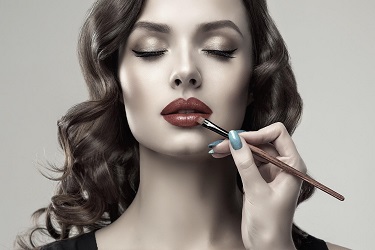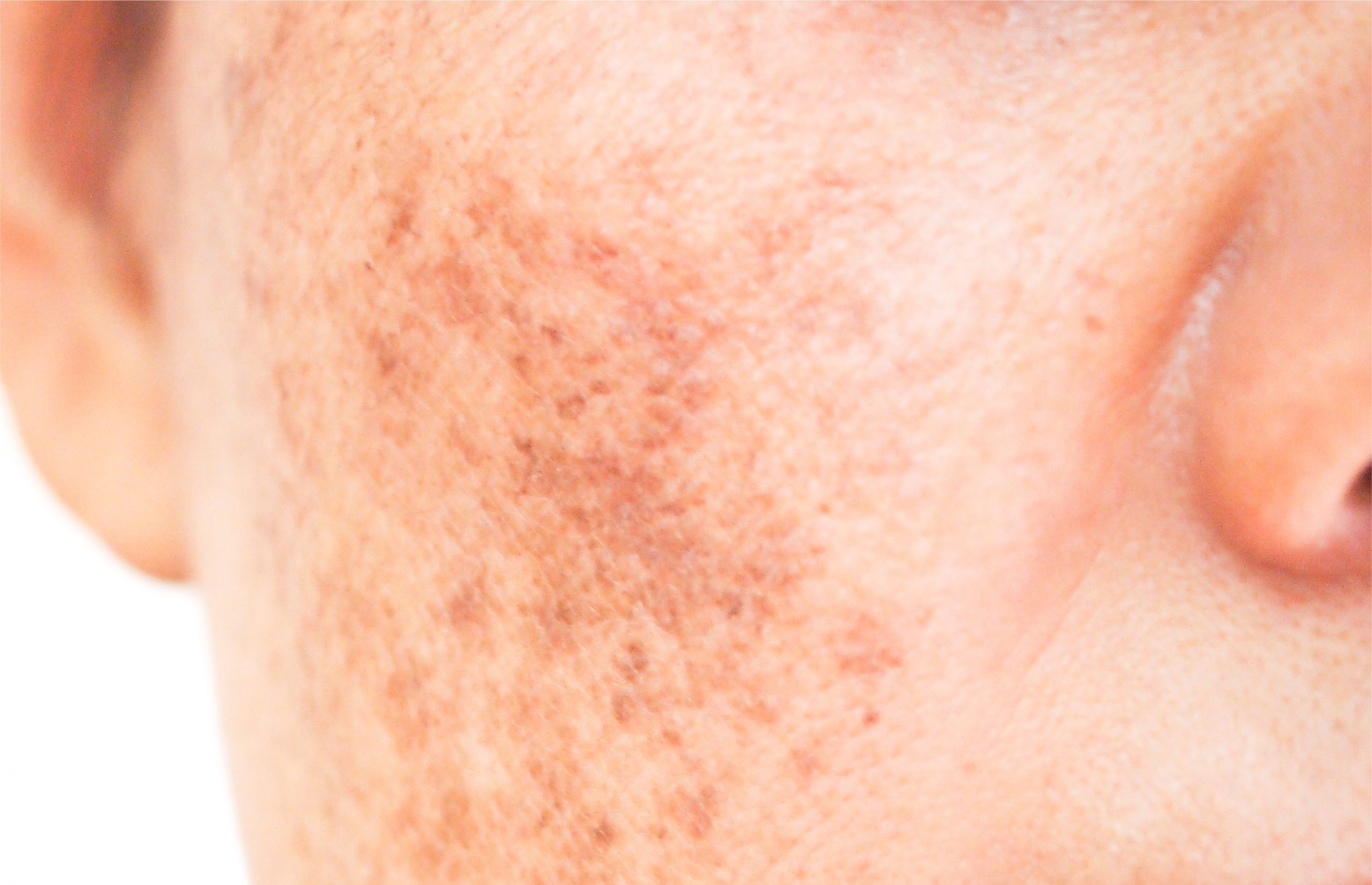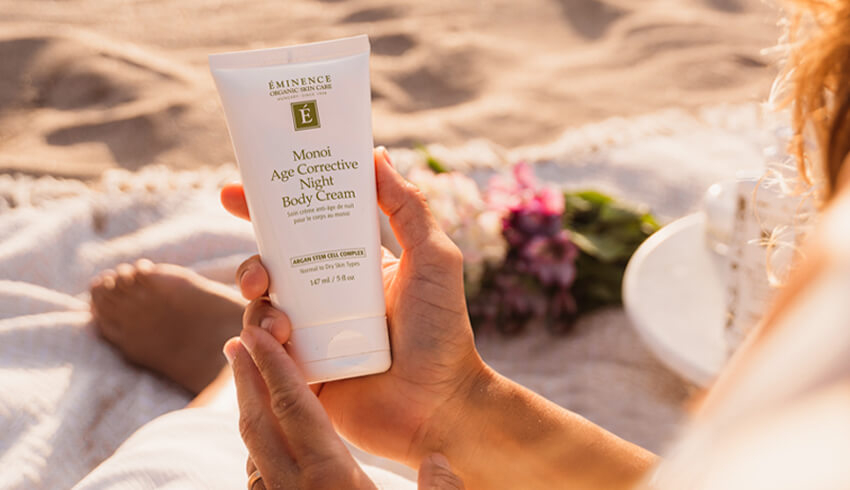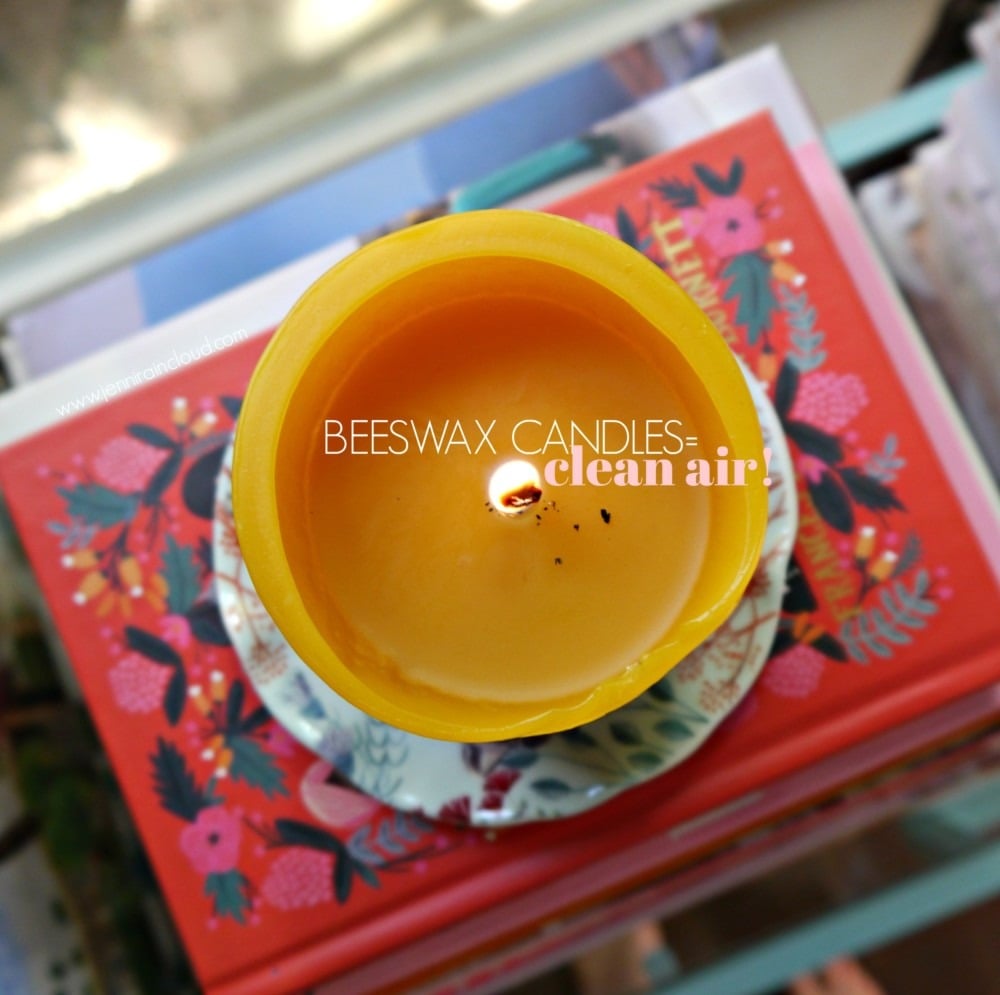If brown spots and discoloration are bothering you, now is the time to act. Throughout summer, we can be so good about applying sunscreen, wearing sun-protective clothing, and staying in the shade only to see unwanted discoloration appear on our skin anyway. It’s nearly impossible to avoid sun damage altogether, partly because it’s the heat given off by the sun (in addition to UV rays) that activates pigment cells.
If your sun spots have already appeared, and you’re looking for a way to minimize their appearance, I have good news—it’s completely possible! You just have to know which products and techniques can help. Keep scrolling to learn seven ways to get rid of sun spots after summer.
How to Get Rid of Sun Spots in 7 Steps
The goal is to get pigment cells to settle down so that sun spots will fade away and the skin can return to being bright and even-toned once again. While it can eventually lighten up over time, discoloration needs to be addressed with high-powered active ingredients and professional treatments to get it to go away quickly.
1. Choose Your Timing Wisely
Prevention is a year-round job if you’re serious about minimizing brown spots. You know the drill: sunscreen, hats, and keeping the skin cool when possible (remember, heat triggers pigmentation just as much as UV light). But when it comes to actually reversing the effects of sun damage, it pays to be strategic about your timing. I always tell people that late fall and winter are the best times of year for getting rid of sun spots. The reason for this is that your pigment cells aren’t constantly being triggered by heat, sun, or a combination of the two. Once temperatures start to drop, you can get to work visibly fading brown spots without constantly having pigment cells reactivated. Trust me, your efforts will take you much further!
2. Discontinue Micro-Needling and the Use of Sonic Cleansing Brushes
This may come as a surprise but consistent, aggressive friction from needles and bristles may keep melanin cells active. It’s best to put sonic cleansing brushes and at-home micro-needling on hold to avoid an unnecessary inflammatory response. (On that note, read my review of home care devices).
3. Avoid Overheating Your Skin
Since heat can cause melanin cells to produce more pigment, doing anything that can raise the internal temperature of the skin is not a good idea right now. Avoid outdoor exercise, hot yoga, steam rooms, and saunas. Keep a gel-based mask in the refrigerator to apply to your skin if you find it getting red and overheated. Leaving it on for 20 minutes should cool the skin and provide relief. I like the Bio Calm Repair Masque. It infuses cooling hydration deep within the skin.
4. Use Skincare Products With Pigment-Reducing Ingredients
If you’re wondering how to get rid of sun spots at home, here’s what I suggest: use three specific active ingredients in your skincare routine. First, I recommend using vitamin C. It’s a brightening ingredient and melanin disruptor that can improve skin tone. Second, I recommend using retinol. It encourages cellular turnover to bring new, evenly pigmented cells to the surface. Finally, I recommend using exfoliating acids, like glycolic, lactic, malic, and salicylic acids. They help fade pigmentation to reveal a more even-toned complexion.
The Best Morning Skincare Routine to Get Rid of Sun Spots:
- Start with a mild, sulfate-free gel cleanser, like the Renée Rouleau Mint Renewal Cleanser. Massage it over your skin and rinse well. Pat your skin dry with a towel.
- Immediately follow up with an alcohol-free toner. Wipe it over your entire face, leaving it damp.
- Immediately follow up with a vitamin C serum (this step is important because vitamin C is excellent for inhibiting melanin cells to encourage the fading of discoloration. For the best results, use a vitamin C serum with tetrahexyldecyl ascorbate, which is a stable form of vitamin C that’s known to fade brown spots without causing excess irritation).
- Wait 60 seconds before applying a generous layer of sunscreen to block out damaging UV rays and prevent new sun spots from forming.
The Best Evening Skincare Routine to Get Rid of Sun Spots:
- Start with a lotion-based cleanser to dissolve makeup and debris that has collected on your skin throughout the day. Personally, I like the Renée Rouleau Vitamin-Infused Cleansing Emulsion for this purpose. It easily washes stubborn dirt, makeup, and sunscreen off the skin.
- Immediately follow up with an alcohol-free toner. Wipe it over your entire face, leaving it damp.
- Next, apply a serum. I recommend using a gentle exfoliating acid serum two nights in a row. Look for one that contains glycolic, lactic, or malic acid, which will help dissolve pigmented cells. After two nights (night three), swap the exfoliating acid serum for one with retinol. On the next two nights (nights four and five) use the same vitamin C serum you use as part of your morning routine. This rotation will give your skin a variety of different ingredients that work together to eliminate unwanted discoloration.
- Wait 60 seconds before applying a moisturizer that’s formulated for your skin type.
5. Consult a Dermatologist for a Depigmenting Agent, if Necessary
In some cases, a prescription depigmenting agent may be necessary to remove severe pigmentation. I usually suggest trying my at-home skincare routine for a few weeks before doing this, as the combination of an exfoliating acid serum, vitamin C serum, and retinol serum could work just fine. However, if you do need something more, consult a dermatologist.
These agents are prescription only and usually contain up to 4{2ac9033caf61aa83cf45584f992fcbdbe657ee6f770037f39c3ded45073822b8} hydroquinone. Your dermatologist can prescribe custom blends from a compound pharmacy. A great example of one from a compound pharmacy is one that uses 8{2ac9033caf61aa83cf45584f992fcbdbe657ee6f770037f39c3ded45073822b8} hydroquinone, 1{2ac9033caf61aa83cf45584f992fcbdbe657ee6f770037f39c3ded45073822b8} kojic acid, and 1{2ac9033caf61aa83cf45584f992fcbdbe657ee6f770037f39c3ded45073822b8} vitamin E. There are ready-made prescriptions available, but because compounds are custom, they can really cater to each person’s individual skin type and severity of pigmentation. (Note: hydroquinone shouldn’t be used for long periods of time. Be sure to follow the instructions for usage as recommended by your doctor).
6. Get a Professional Chemical Peel or an IPL Treatment
In some cases, at-home creams and serums will only do so much. Sometimes, a professional procedure is needed. My favorite is Bio-Brasion (the next generation of microdermabrasion) combined with a chemical peel. Chemical peels are powerful and can remove deep pigment, but of course, the type of peel that’s needed for each skin type may vary. (Find out the best chemical peel for you, according to your skin type.)
Intense Pulsed Light (IPL) is also very popular for targeting sun and heat-induced discoloration, and it can lift the pigment from cells. If you do decide to seek the help of a professional, be sure to get a good referral and seek out someone with a lot of experience performing these types of procedures.
Again, procedures like these are best performed during colder months since they often make your skin more sensitive to sun.
7. Prevent Sun Spots From Returning
Once your skin is back to being more even-toned, don’t slack off with your routine. After all, if you have a tendency for sun spots, they can come back. The best way to prevent discoloration from returning is to limit your time in the heat and sun, wear sunscreen faithfully, wear a wide-brimmed hat when outdoors, and continue to use a skincare routine full of vitamin C, exfoliating acids, and retinol (and a prescription skin bleach if necessary).
I also recommend wearing makeup every day. Yes, really! Wearing either foundation or mineral powder makeup offers a barrier of protection against harmful UV rays. Most types of makeup contain sunscreen. Even if they don’t indicate an SPF number, they have UV-protecting ingredients like titanium dioxide. Because of this, I never leave my skin bare and never suggest that my clients do either (especially those who struggle with hyperpigmentation).
I also suggest getting a skin-brightening facial every six weeks. An esthetician will use professional-strength exfoliating acids as well as vitamin C to ensure the skin stays smooth, glowing, and even-toned. You can also do an at-home chemical peel. I suggest using the Dual Enzyme Softening Peel. It uses papaya and pineapple enzymes to help fade discoloration and brighten the skin. In addition, you can also give your skin a stronger form of exfoliation with this DIY chemical peel using a prescription retinoid.
In conclusion, developing hyperpigmentation during the summer months is common. With the right products and techniques (along with patience), you can get your skin back to its original state in no time. You simply need to put in the time and effort.
Next, learn how to fade post-breakout dark marks!
Celebrity Esthetician & Skincare Expert
As an esthetician trained in cosmetic chemistry, Renée Rouleau has spent 30 years researching skin, educating her audience, and building an award-winning line of products. Her hands-on experience as an esthetician and trusted skin care expert has created a real-world solution — products that are formulated for nine different types of skin so your face will get exactly what it needs to look and feel its best. Trusted by celebrities, editors, bloggers, and skincare obsessives around the globe, her vast real-world knowledge and constant research are why Marie Claire calls her “the most passionate skin practitioner we know.”




